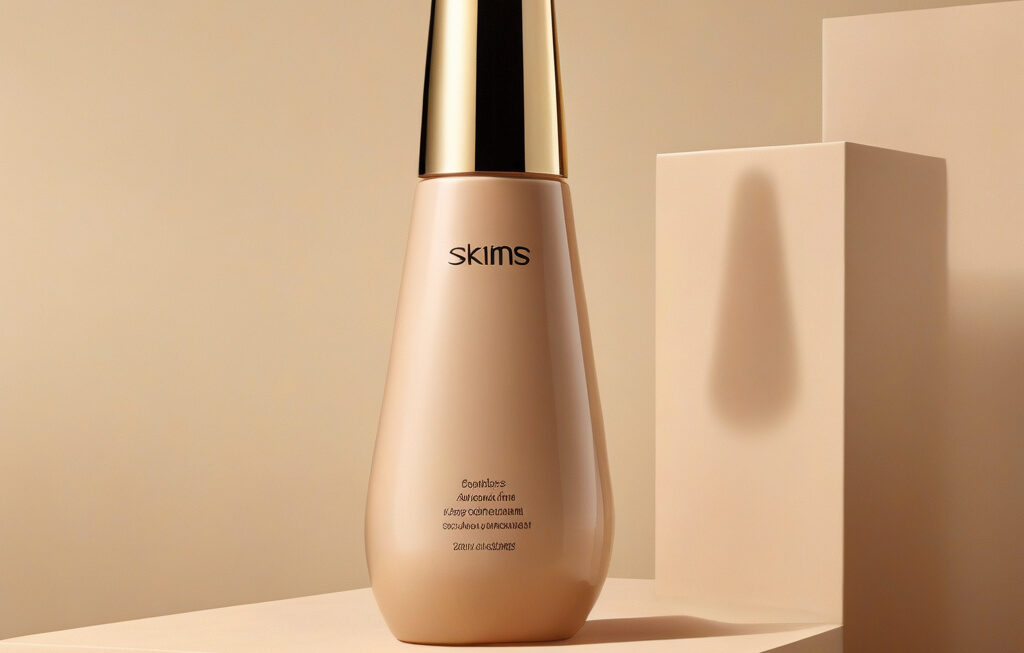Vampires were right: Aging skin can be made youthful again with young blood
A new study suggests that the myth about young blood may actually be true: young blood could be the key to reversing the effects of aging on the skin. While the idea may sound like something out of a supernatural tale, the science behind it is very real and promising.
Researchers have long been fascinated by the idea that young blood contains properties that can rejuvenate aging tissues. In a recent study published in the Journal of Dermatology, scientists found that blood from young individuals has the potential to reverse the signs of aging in skin cells. The study involved treating aging skin cells with young blood plasma and monitoring the effects.
The results were astonishing. The aging skin cells that were treated with young blood plasma showed signs of reversal in the aging process. The cells appeared more youthful, with increased collagen production and improved elasticity. This suggests that young blood has the ability to not only slow down the aging process but also reverse it.
But how does young blood have such a profound effect on aging skin? The key lies in the presence of certain proteins and factors in young blood that are known to promote cell growth and regeneration. These factors can help repair damaged tissue, stimulate collagen production, and improve overall skin health.
While more research is needed to fully understand the mechanisms behind this process, the implications are groundbreaking. If young blood can indeed rejuvenate aging skin cells, it could pave the way for revolutionary anti-aging treatments. Imagine a future where aging skin can be effectively reversed, restoring a more youthful appearance without the need for invasive procedures.
Of course, the idea of using young blood to reverse aging does raise ethical questions and concerns. The concept of “young blood transfusions” has been met with skepticism and criticism, with some worrying about the potential exploitation of young donors. It’s essential that any future developments in this area are approached with caution and ethical considerations in mind.
In the meantime, there are already skincare products on the market that aim to harness the power of young blood-derived ingredients. These products claim to promote skin rejuvenation and anti-aging effects by incorporating factors found in young blood plasma. While the scientific evidence behind these products is still limited, they offer a glimpse into the potential of young blood in skincare.
As we continue to explore the possibilities of young blood in anti-aging treatments, one thing is clear: the connection between blood and skin health is a promising avenue for research. Whether it’s through innovative skincare products or future medical advancements, young blood may hold the secret to unlocking the fountain of youth for our skin.
In the end, while vampires may have had the right idea all along, the future of anti-aging skincare lies not in draining the blood of the young, but in harnessing its regenerative properties for the benefit of all.
antiaging, skincare, youngblood, rejuvenation, scientificresearch












